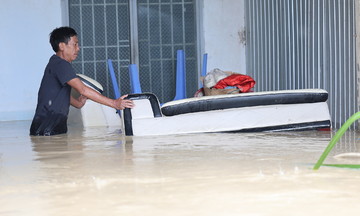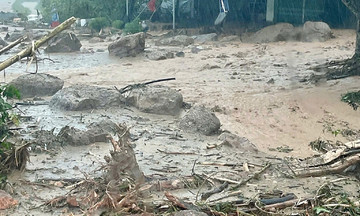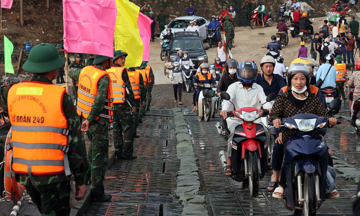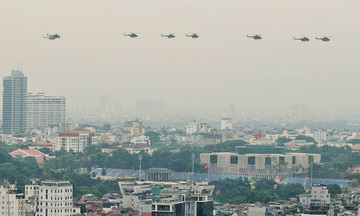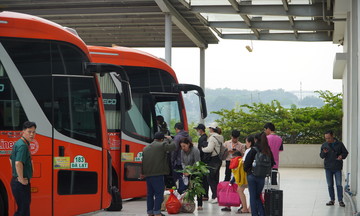The law establishes major policies to promote research, technology development, and innovation nationwide. It focuses on infrastructure development, risk encouragement, flexible spending mechanisms, and exemption from liability for accepted risks.
The state will prioritize investment in research infrastructure for science, technology, and innovation. This includes building national key laboratories and developing infrastructure connections between research institutes, universities, and businesses.
The law also stipulates investment in developing universities into scientific research and innovation centers. This aims to gradually establish high-level research centers linked to quality human resource training, ensuring effective coordination with the network of specialized research institutes.
Furthermore, the law mandates increased support for basic and applied research, promoting technology transfer and the practical application of research results. It also supports businesses in innovating, mastering, and creating technology. Scientific and technological activities will be prioritized in remote, mountainous, island areas, and localities with particularly difficult socio-economic conditions through infrastructure investment, human resource development, and technology transfer.
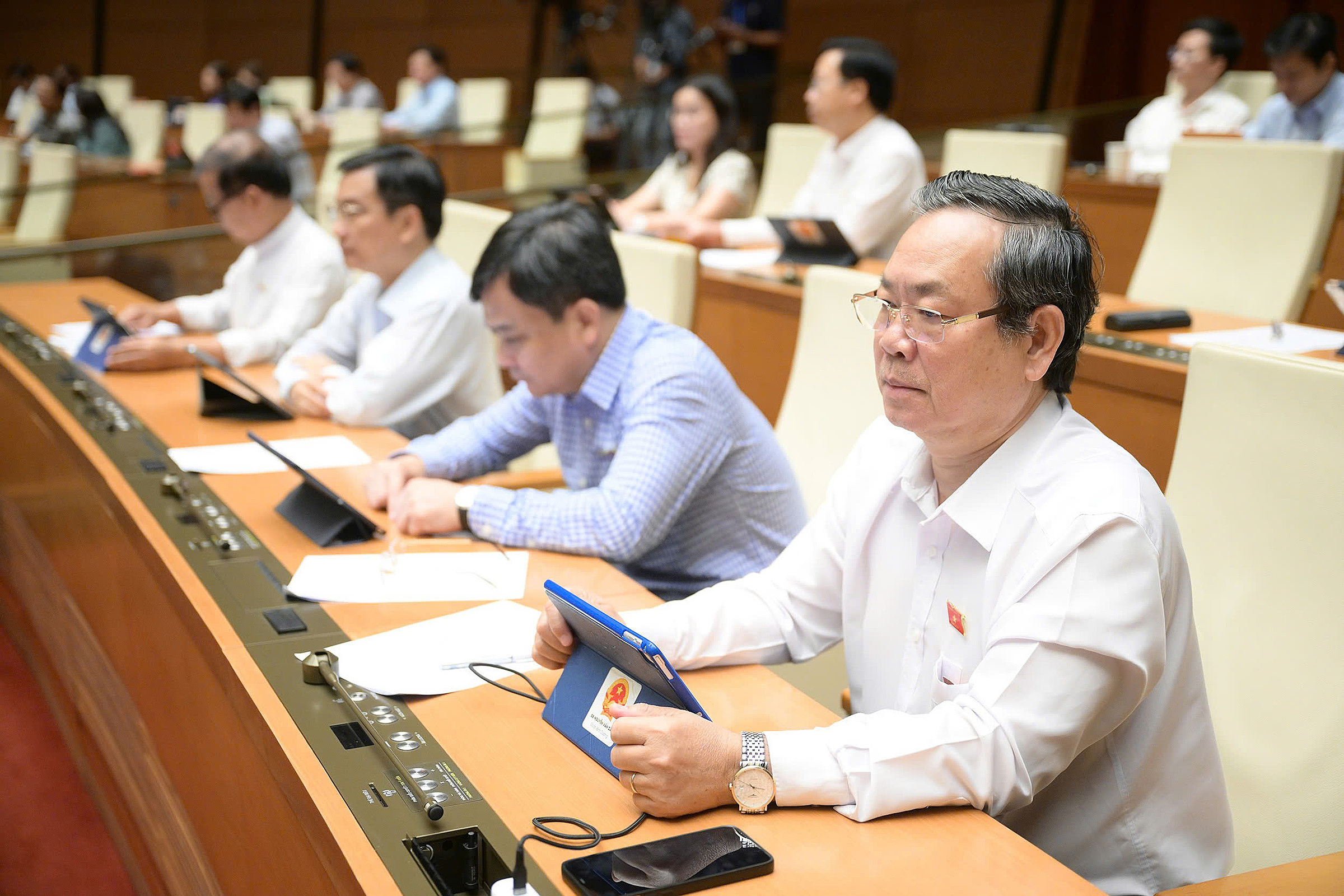 |
National Assembly delegates at the Dien Hong Hall. Photo: National Assembly Portal |
National Assembly delegates at the Dien Hong Hall. Photo: National Assembly Portal
A notable new aspect of the law is the clear stipulation regarding risk acceptance in scientific research, technology development, and innovation. Organizations and individuals carrying out tasks, if they have fully complied with processes and regulations, acted without fraud or legal violations, and used funds appropriately, will be exempt from administrative and civil liability for any resulting damage to the State. They will also not be required to reimburse funds if the results do not achieve the set objectives, provided they have complied with regulations on task management, research content, and risk prevention measures.
Similarly, those who approve and manage state-funded tasks are also exempt from liability if they have not violated the law and followed proper procedures. Notably, the law excludes criminal liability under the Penal Code for risks arising during research, testing, and application of scientific, technical, and technological advancements. The government will detail this, including criteria for acceptable risks and procedures for assessing compliance with regulations.
The law clearly defines the strategic direction: science, technology, and innovation activities must be linked to socio-economic development, increased labor productivity, and promotion of sustainable and inclusive growth based on actual market needs. Businesses are identified as the center of the innovation system.
The State plays a facilitating role, building institutions, promoting investment, and developing modern science and technology infrastructure. Priority will be given to areas with breakthrough potential and strategic technologies. For the first time, the law stipulates policies to encourage risk-taking research through controlled testing mechanisms, risk-sharing policies, venture capital, and other specific financial mechanisms.
Along with this, the State will have preferential policies and special mechanisms to attract and value domestic and international talent, experts, and scientists. It will also develop and train high-quality science and technology personnel to carry out national strategic tasks.
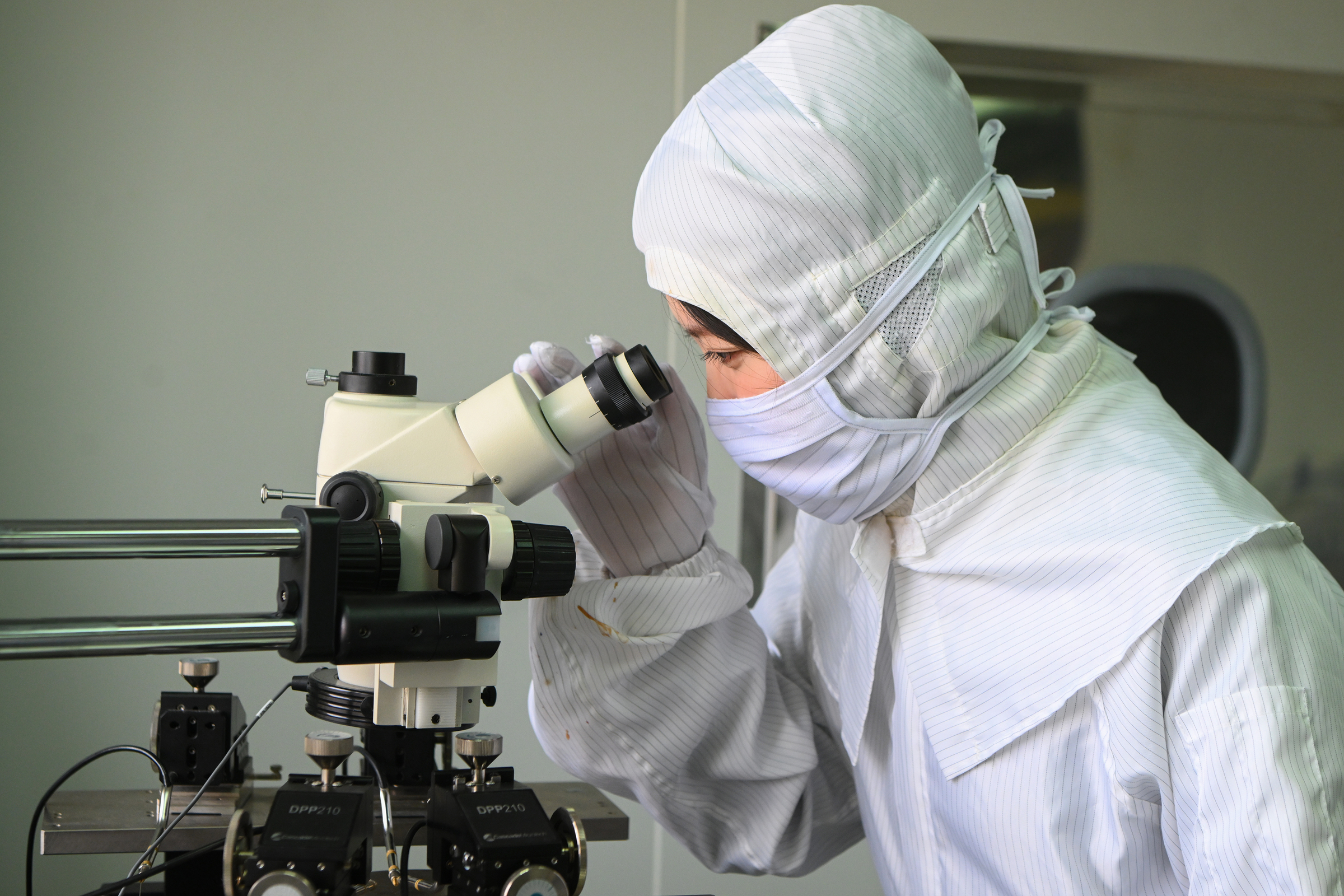 |
Clean room, Nano and Energy Center, University of Science, Hanoi National University, a training and research facility for semiconductors. Photo: Giang Huy |
Clean room, Nano and Energy Center, University of Science, Hanoi National University, a training and research facility for semiconductors. Photo: Giang Huy
The law allows science, technology, and innovation tasks to apply a mechanism for allocating expenses until the final product or allocating expenses for each part according to the research content. In the case of allocation to the final product, the presiding organization has autonomy in using funds, deciding adjustments between expenditure items, and settling the total cost of implementing the task.
In the case of partial allocation, the presiding organization is also autonomous in using funds, except for some items such as asset purchases, unbudgeted service rentals, or overseas work. Additionally, the presiding organization is allowed to use funds to hire domestic and international experts by agreement, taking responsibility for proper use, document storage, and providing explanations when necessary.
Son Ha



